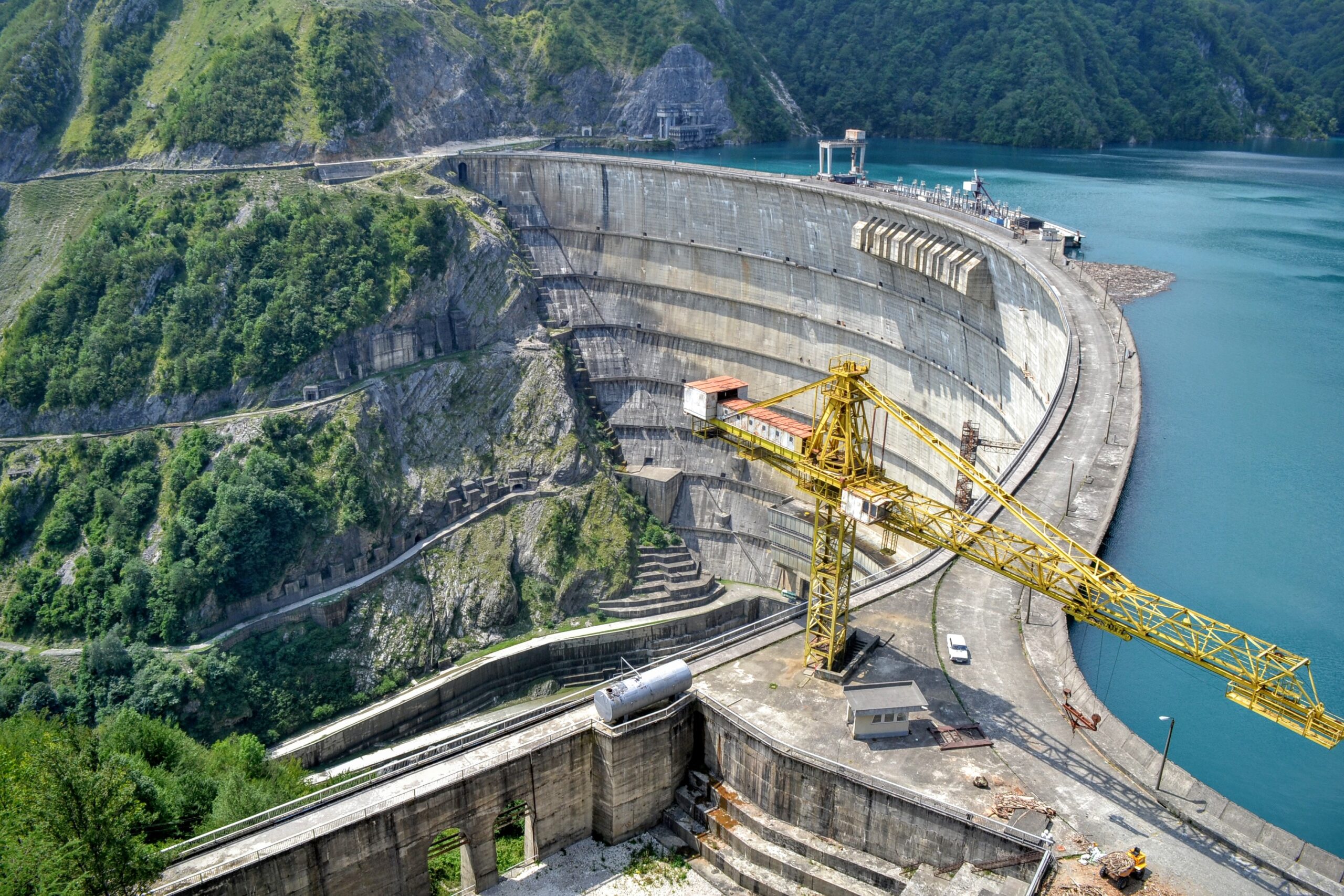Infrastructure is everything that makes a city a city — minus the houses. Roads, dams, hospitals, bridges, street lamps and the streets themselves form vast networks connecting human settlements worldwide. Designing, building and maintaining sustainable infrastructure is the best option for people and the planet, but it poses some social and technical hurdles.
Overcoming the Challenges of Sustainable Infrastructure
According to the United Nations, around 70% of greenhouse gases are linked to developing and operating infrastructure. Buildings alone account for over 30% of worldwide resource consumption and energy end-use.
Sustainable infrastructure — characterized by its longevity, low ecological impact and socially responsible building techniques — benefits the environment and human health. Why are governments so slow to adopt it? Here are four roadblocks to implementing better building practices, plus how to address them so eco-friendly infrastructure becomes the norm.
1. Coupling Growth and Environmental Health
Some people believe that environmental sustainability clashes with economic growth and human needs. They may view urban development as inherently bad for the environment or think sustainability measures impede progress.
For example, smart growth advocates — who want walkable, affordable cities with nearby jobs and a mix of transportation options — often believe sustainable stormwater management requires too much land. Big, open fields contradict the principle of being able to access any building on foot.
However, building sustainable infrastructure that balances human and environmental needs is possible. For example, retaining walls can help integrate buildings into the surrounding landscape, giving structures better stability while preserving natural green spaces. Rooftop gardens absorb carbon dioxide and lower buildings’ energy bills. Installing night-sky-friendly street lamps reduces the cost of municipal lighting.
By developing sustainable infrastructure, cities can keep providing for the people who live there while helping the surrounding environment.
2. Embracing the Unknown
Some sustainable infrastructure practices employ new technology or have a short track record of use. Many governments prefer to stick to what they know, even if it is environmentally harmful or less efficient. They may be skeptical about a wind turbine’s long-term performance or uncertain about how to maintain it.
Cities should examine case studies of different infrastructure practices to solve this problem. They can learn about design variations and develop pilot programs to get more comfortable with sustainable building. Cities like Portland, Oregon, and Seattle, Washington — which have well-developed sustainable infrastructure maintenance programs — can serve as models for hesitant governments.
In the process, city leaders may realize how much money and labor they could save by becoming sustainable. For example, the U.S. construction sector generated 600 million tons of debris in 2018, twice as much as municipal garbage. Building new roads or walls from construction waste could be a great environmental and economic solution.
3. Quelling Financial Fears
Another reason many cities are slow to adopt new building practices is the perception of high costs.
Sustainable infrastructure sometimes has a higher upfront cost than traditional construction. It might be more expensive to design or produce, and material and labor charges can be higher than for standard projects.
However, city planners shouldn’t balk at invisible price tags. Instead, it’s wise to perform cost analyses to get an accurate picture of how much sustainable infrastructure will cost. Ultimately, it can help governments avoid more expensive problems like flooding, pollution and traffic jams.
It’s also possible to estimate the value of human health benefits. For example, city planners can calculate how many cars a new electric train would replace, then determine how much less smog would be present. They can then estimate how many cases of asthma or heart disease people could avoid by breathing cleaner air.
Calculations like these highlight the importance of sustainable infrastructure over the long term — even if it’s more expensive at the start.
4. Complying With Ordinances
A fourth stumbling block in the quest for sustainable infrastructure is outdated or restrictive city ordinances. Codes dictating minimum parking lot and road widths, zoning density standards and storm sewer connection requirements can make implementation challenging.
City planners have a few options for complying with ordinances. First, they can work to change building codes to accommodate more sustainable development. Existing regulations sometimes need upgrading to reflect modern needs.
Additionally, they can look for infrastructure solutions that are more sustainable than current options and still comply with regulations. Minor technicalities shouldn’t get in the way of big, important changes that could benefit people and the environment.
Cultivating Change
Infrastructure greatly affects air, water and land quality, making it closely intertwined with human and ecological health. Building sustainably means developing long-lasting infrastructure with minimal impacts. To do so, city planners must calculate economic costs and benefits, comply with ordinances and overcome their fear of the unknown.
It’s a tall order, but it’s worth it to secure the future of cities and the people who call them home.











